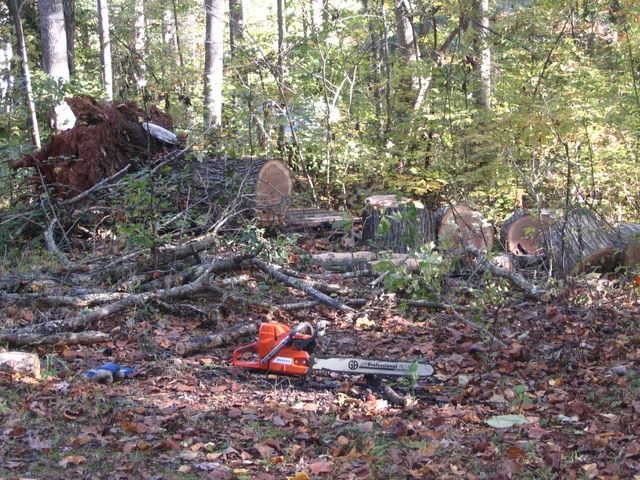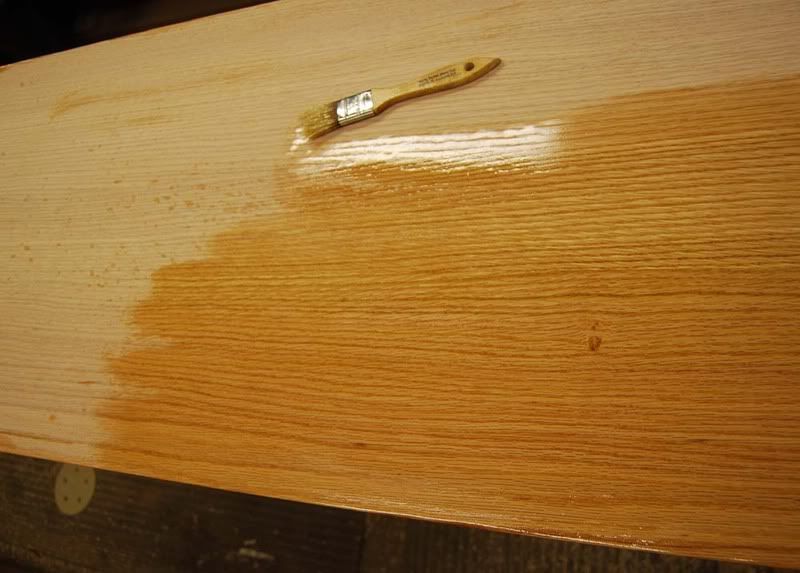Thanks B Turner Im very new at this so excuse some of the newby questions but what would happen if I poly it before it gets dry enough to start cracking?
There are always variables, like each tree is different and local environment, etc. but typically your odds aren't good to put it mildly. You have the structure of the wood directly opposed to the way the wood has been cut. (Ever notice how few solid round tabletops in oak you see?)
In drying wood, it's a compromise of slowing the drying down enough to reduce cracking vs mold, staining and decay.
The most common suggestion would be to coat each side with a couple liberal coats of endgrain sealer, and you could certainly try that. Then get the wood out of the wind, it is the enemy. Need somewhere cool, dry and only a tiny bit of air circulation. Also physical orientation matters while drying because gravity pulls the water down and the upper side always dries faster causing issues.
If I had in mind for an engrain tabletop, I would probably cut the disks in half through the split and pith, and then seal and sticker the wood just like it was lumber and start babysitting. Once dry (couple years in this case), I would clean it up and reglue. Lots of trouble for sure.
But go for it, what are you out?
Note: Depending on size I would either cut the disk in half on my large bandsaw or more probably with a long bar endgrain. That way I would have a really straight cut for later rejoining. Noodling the cut would result in a more difficult job of jointing the halves for glue up.










